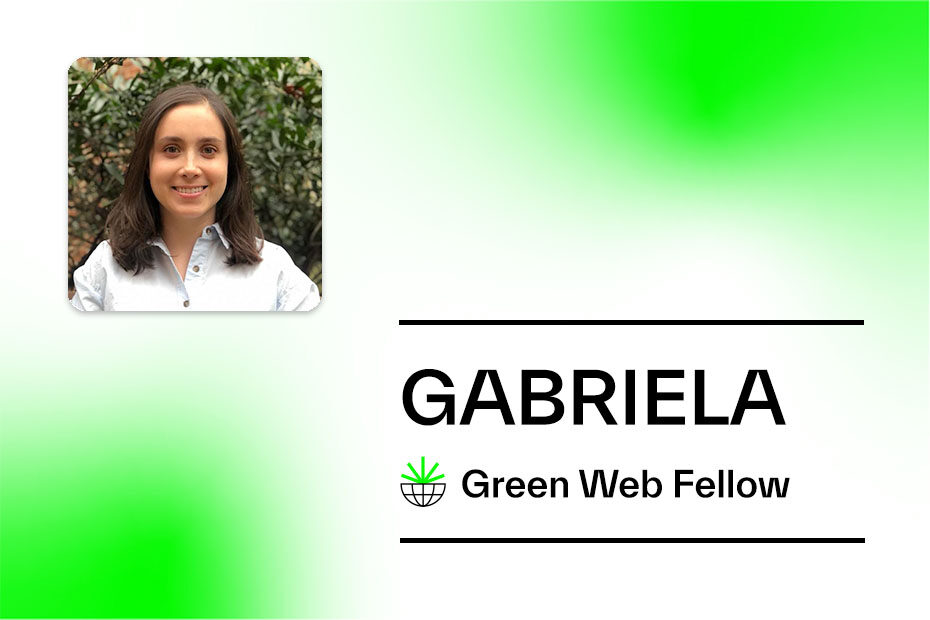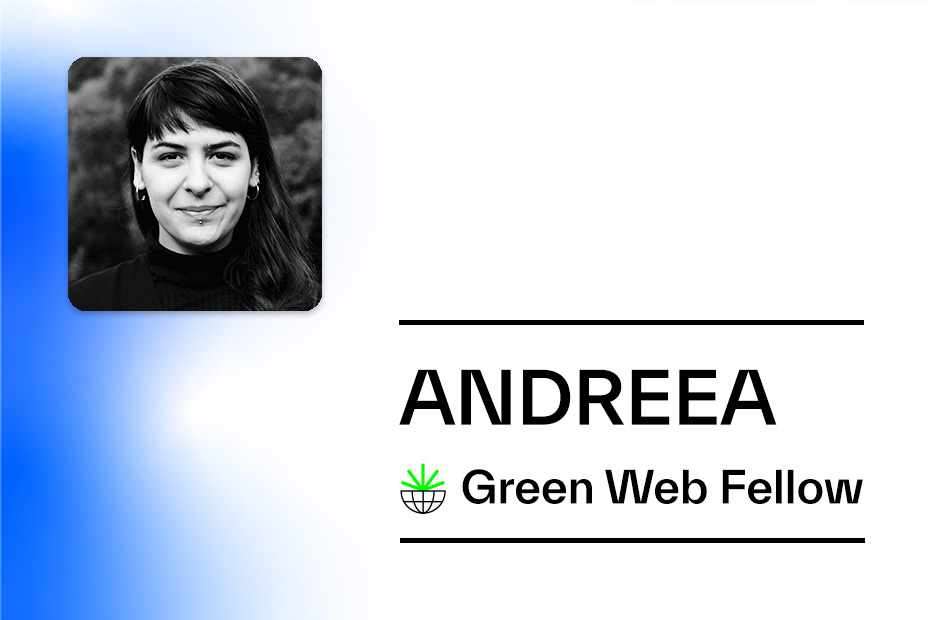Climate and clouds
It wasn’t until I started working on climate change that I realized how essential clouds are. Of course, I remember drawing clouds in my notebook while learning about the water cycle at school and the role they have in providing an important link between rain, snow, lakes, oceans, and plants and animals. But I wouldn’t say this nature element occupied much of my thoughts after school years.
Researching about climate change some years ago brought clouds again to my mind. Clouds can substantially affect climate by cooling down or warming up temperatures on Earth. Specifically in Latin America, I was surprised by all the research on the role of clouds in creating a connection between the Amazon rainforest and the Andes region. The flying rivers, made by masses of water that circulate in rain clouds in South America, transport water from the middle of the rainforest up to the highlands in the Andes mountains and end up feeding water to 70% of Colombia’s population. The same clouds threatened by the increase in deforestation could affect the amount of water carried to the mountains. Everyday clouds took a whole new meaning.
The digital cloud
In the past few decades, there has been another cloud shared by a big portion of the population on a daily basis. “The cloud”, as it’s called, the place where most of our digital life takes place. “The cloud” is not a physical entity but a vast network of remote servers around the globe that operate as an ecosystem that stores and manages data, runs applications, and delivers content and services. The “place” where web mail, social media, and office productivity software are. The cloud has been at the center of many debates, from matters related to open data and digital rights; it is also mentioned when talking about AI, IoT, data centers and so many more technologies.
The intersection of two clouds
But, what happens when we stand at the intersection of these two clouds, the digital cloud and the clouds essential to regulate climate? What would happen if we considered the digital world from a climate perspective? What could be done if we thought about climate action from a data and digital perspective?
Both subjects have something in common, they share a particular characteristic: there is a degree of abstraction necessary to understand both climate action and digital transformation, as seeing them through something material, physical, and tangible is hard at first sight. But does this mean that the opportunities for collaboration between both fields are still in the clouds?
For the past few months, those questions have been on my mind and part of most of my conversations with different experts worldwide. There are multiple digital systems in our everyday lives, in the urban and rural landscapes we inhabit, as there are many climate effects in those spaces.
Streams of data and the use of new technologies can help inform how we respond to climate change and even measure climate change issues that directly affect our individual lives (from weather alerts through phone apps, to environmental sensors to help adapt crops to changing weather patterns, among others). At the same time, there are many questions about the impacts on climate from the infrastructure sustaining our digital world (for example, water consumption of data centers or the greenhouse gas emissions related to our digital footprint, among others).
Climate action and digital transformation: still in the clouds for local communities
But the relation between technology, data, digital rights and climate action is still “in the clouds” for most local communities, who, in many cases, are/or will be the most affected by climate change. Data and digital technologies and tools can be a medium to construct and convey ideas and take action when facing the climate crisis. From using it to easing and stopping diseases to adapt and react to climate disasters, data can be a tool for change.
At the same time, using data for climate action can increase the exclusion of people already on the margins of the digital world. So, how do we reconcile the potential of data for climate action with the exclusion it can also create? As Sarah Williams says in her book Data Action: Using Data for Public Good, “the same data, in the hands of different people, can produced widely different outcomes for society because how people use data show their vision of the world.”
In the Clouds Project
These questions have given birth to In the Clouds Project, a digital space to reflect what happens at the intersection of climate action and digital transformation with a special focus on youth. How can youth climate advocates use and work data and digital technologies to enhance climate action, especially for the most vulnerable? How can we create trust and co-ownership in data analysis when structuring climate action? How can we build data for climate action that has a scientific basis and takes into account local knowledge so underrepresented groups are neither marginalized nor left unheard? How to communicate climate data in an understandable way? How can data and digital entrepreneurs consider climate action in their endeavors?
In the Clouds will be piloted in Latin America with a base in Colombia and will be a space for reflection and collaborative action. If you are interested in collaborating In the Clouds please reach out.



